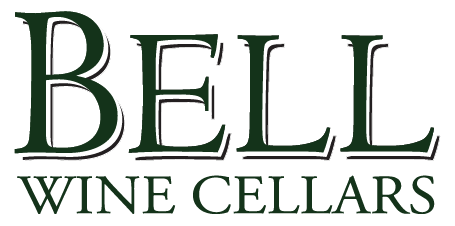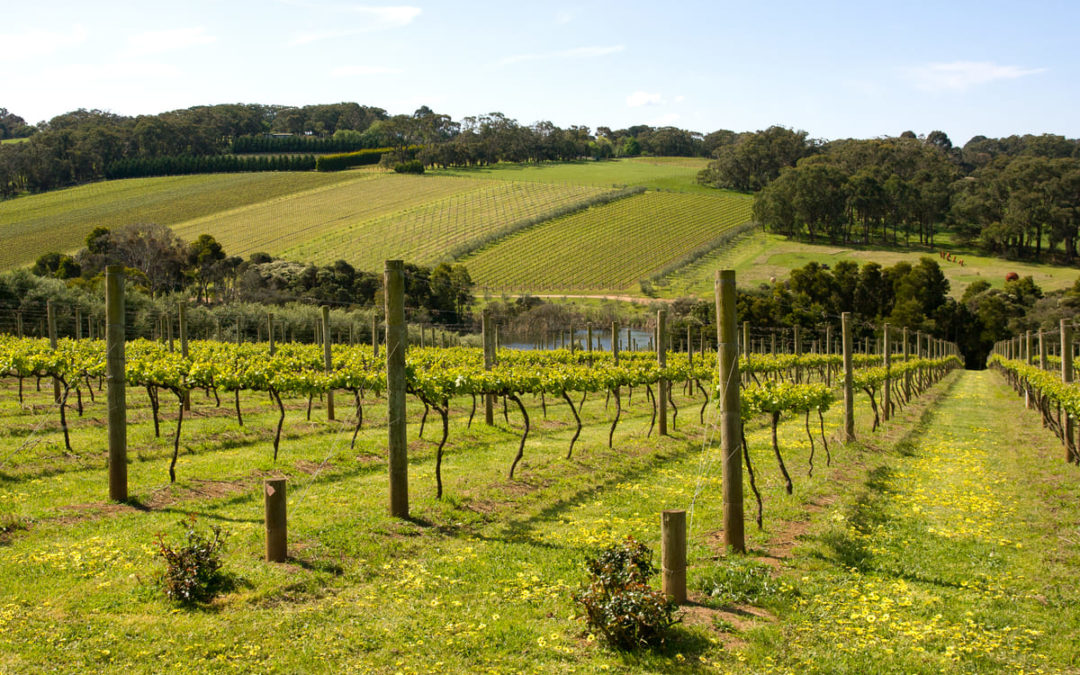As we savor the full, rich flavors of our carefully selected Napa Valley Cabernet Sauvignon and other wines, rarely do we think about the care and skill required to produce such marvelous flavors and aroma. While wine grapes have been produced for thousands of years, excellence has always depended on both the vineyard managers and the winemakers’ attention and skill.
Although winemakers may blend more than one variety to achieve a unique profile, the quality and sensory characteristics of each wine depend mainly upon the single ingredient: the grapes.
High-quality grapes thrive in many environments and require plenty of tender loving care from the grower. Each variety grows best in a particular environment, maturing at different rates, with each deriving its sensory characteristics from location, climate, soil, and elevation.
Planting the Vines
Whether replacing older vines past their prime, changing varieties to adapt to environmental or market conditions, or developing raw land, vineyard managers must first assess the type of soil and the microclimate to determine the best variety to plant.
Some growers concentrate on a specific variety like Cabernet Sauvignon, for example, while planting smaller plots with frequently blended varieties like Malbec or Petit Verdot.
A terroir or growing environment that consists of a high concentration of limestone and clay may be best for planting Chardonnay grapes. Rocky soils and warm temperatures are best suited for Cabernet Sauvignon and others.
Orienting the vine rows to induce uniform, optimal growth is essential to ensure each vine receives the right amount of sunlight and moisture. Proper spacing is critical to allow sunlight to reach the growing vines.
Once planted, each vine is encased in a cone or collar to protect against the elements while they gain the strength to stand alone.
Third-Year Maturation
In the springtime of the third year or so, the vines should have achieved sufficient maturity to produce buds that grow and ripen into grape clusters. By this time, the vines’ roots have burrowed deep into the soil and can absorb the necessary nutrients to begin their production.
Annual Dormancy and Pruning
Late that year, following a complete season, the vines will begin their annual dormancy. In Napa Valley, dormancy follows the year-end harvest and takes place as the cooler winter weather arrives. The dormancy period, which will last about three months depending on location and elevation, is the critical time when vine pruning occurs.
Vineyard staff will begin to cut back much of the prior year’s growth to prepare for the coming season. Pruning excess foliage, limbs, and shoots will allow the new crop to develop fully. Too many leaves and stems inhibit cluster development and reduce the vineyard’s yield substantially.
Pruning techniques must be precise and consistent to ensure a successful outcome.
Pruning should be completed before the soil warms and the vines begin to burst with new buds, signaling the start of a new growing season.
Taste the Wines at Bell Wine Cellars
Open to visitors once again, guests at Bell Wine Cellars can sample the award-winning Cabernet Sauvignon and other luxury wines at Bell Wine Cellars in Yountville. With safe and healthful protocols in place, guests of Bell Wine Cellars are sampling our excellent selection of wines while enjoying the pastoral environment of Napa Valley.
The perfect escape, visitors must make reservations in advance to enjoy our select luxury wines and learn about our winemaking process from grape to glass.
To reserve a place for you and your group for an expert and safe wine tasting, you can make your reservations at https://www.bellwine.com/experience/.
And, for a more in-depth experience for a few or several, you may schedule a Grape to Glass Tour and Tasting by phoning Bell Wine Cellars at +1-707-944-1673.

